Apple's next iPhone expected to consume 70% of high-res LTPS screen supply
Production of the next iPhone is expected to begin at the end of the second quarter or the start of the third quarter of calendar 2012, according to Taiwanese supply chain sources who spoke with DigiTimes. The next iPhone's display is expected to feature in-cell touch panels that will make the high-resolution Retina display even thinner.
In order to achieve a screen resolution of 326 pixels-per-inch, the next iPhone will reportedly use LTPS technology. The in-cell panels are expected to be built by LG Display, Japan Display and Sharp.
Those same three suppliers were identified earlier this month in a handful of reports that claimed Apple is purchasing 4-inch displays for its next iPhone. Until now, all iPhone models have featured a smaller 3.5-inch touchscreen.
Collectively, LG Display, Japan Display and Sharp have a quarterly production capacity of 95 million LTPS panels. With a current yield rate of 75 percent, the companies can produce as many as 72 million panels at the moment.
That puts Apple and its next iPhone in a position to take up as much as 70 percent of the output of LTPS panels in 2012 and 2013, tech supply chain sources reportedly said. That situation could put smartphone makers other than Apple in a difficult position for components.
Industry insiders expect that Apple will produce more than 40 million iPhone units in the third quarter of calendar 2012, growing to 45 million units in the fourth quarter of the year. Apple's current quarterly record for iPhone sales came in the holiday quarter of 2011, during which the iPhone 4S launch drove the company to sales of 37 million iPhones.
 Sam Oliver
Sam Oliver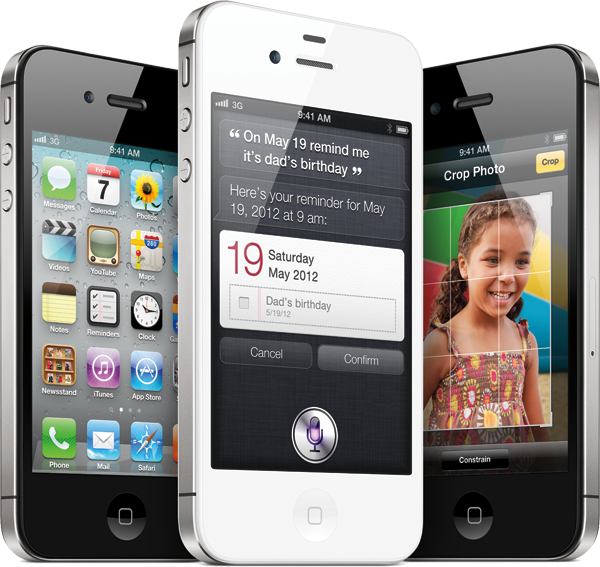
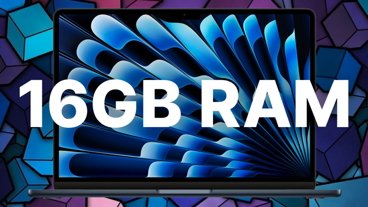
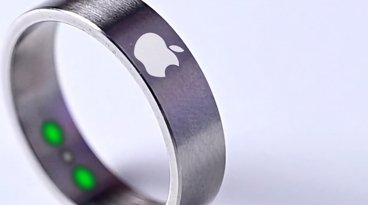
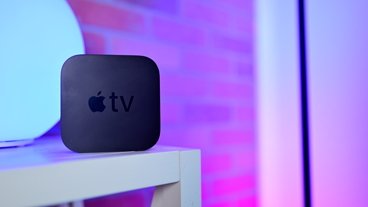

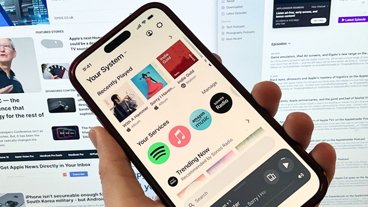
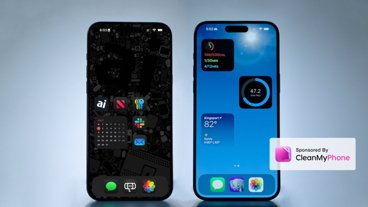


 Amber Neely
Amber Neely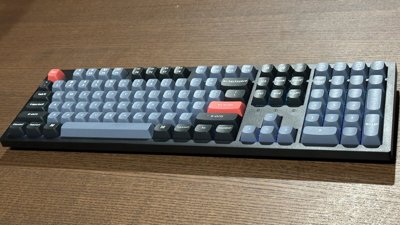
 Thomas Sibilly
Thomas Sibilly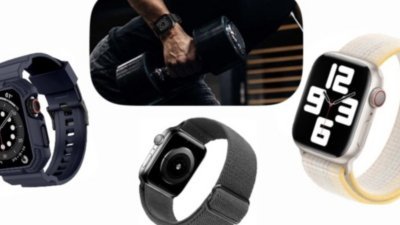
 AppleInsider Staff
AppleInsider Staff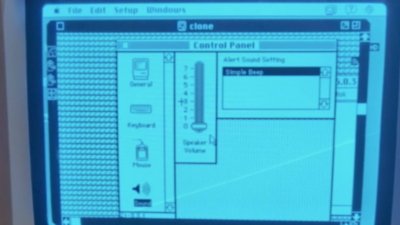
 William Gallagher
William Gallagher
 Malcolm Owen
Malcolm Owen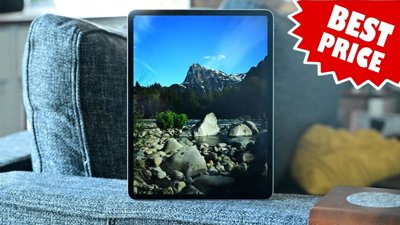
 Christine McKee
Christine McKee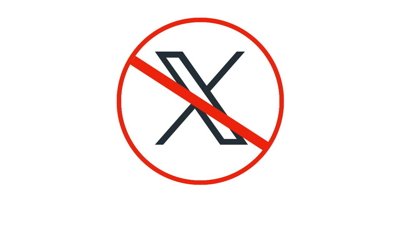
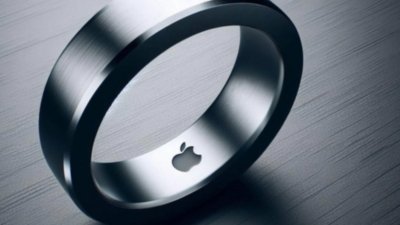
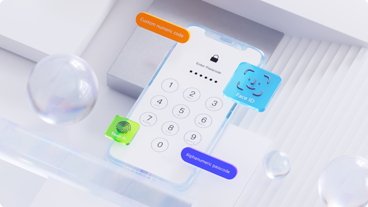
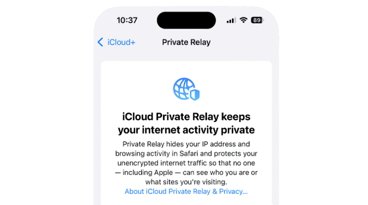

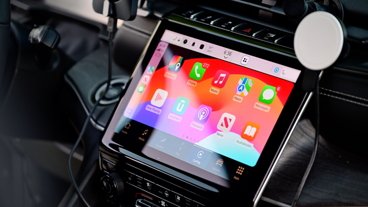
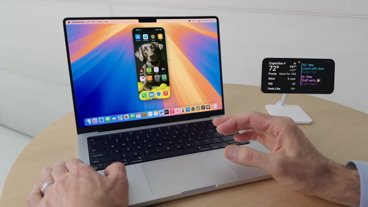
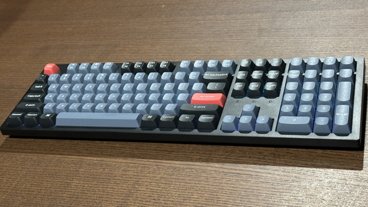

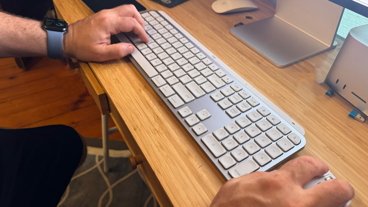

32 Comments
Won't other vendors use different types of displays that will be in abundance? What makes these people think that everyone will want to use LTPS panels? Maybe they'll use less expensive panels.
Won't other vendors use different types of displays that will be in abundance? What makes these people think that everyone will want to use LTPS panels? Maybe they'll use less expensive panels.
Because everyone copies what apple does and uses, nobody has original ideas, if apple used a potato as a screen, everyone would just copy it, apple invented the rectangle....etc.
On another note. Good to see apple FINALLY realizing that 3.5" is just too darn small these days. it was fine in 2007, but now, with so much rich media, videos, ability to see full websites, productivity apps, etc, 3.5" is downright restrictive. Gonna get burned at the stake for saying it but......android showed the way with bigger screens and it seems apple have finally fallen in line.
*ducks shoe being thrown*
Because everyone copies what apple does and uses, nobody has original ideas, if apple used a potato as a screen, everyone would just copy it, apple invented the rectangle....etc.
Actually not as Nokia has their Clearblack amoled displays, Samsung has their AMOLED(+) which have in-cell panels for the last couple of years and Sony used WhiteMagic/Bravia screens on their mobiles. HTC has S-LCD screens I think...
So all other brands are actually doing quite different things with their displays, most of them using their own technology
Because everyone copies what apple does and uses, nobody has original ideas, if apple used a potato as a screen, everyone would just copy it, apple invented the rectangle....etc.
On another note. Good to see apple FINALLY realizing that 3.5" is just too darn small these days. it was fine in 2007, but now, with so much rich media, videos, ability to see full websites, productivity apps, etc, 3.5" is downright restrictive. Gonna get burned at the stake for saying it but......android showed the way with bigger screens and it seems apple have finally fallen in line.
*ducks shoe being thrown*
Not an attack, but ... I'm constantly amazed by the complete lack of sense in comments like this about screen size.
The whole concept of there being general agreement amongst the public that 3.5 is "too small" or that "everyone knows" bigger is better now is just laughably ridiculous. Whether or not the screen size changes, these kind of statements are completely illogical nonsense. Although if they *do* change the size, all those that make them will feel vindicated and go on and on about how they were "right" when in fact it will always be a nonsense statement.
[quote name="AppleInsider" url="/t/150335/apples-next-iphone-expected-to-consume-70-of-high-res-ltps-screen-supply#post_2117095"]In order to achieve a screen resolution of 326 pixels-per-inch, the next iPhone will reportedly use LTPS technology. The in-cell panels are expected to be built by LG Display, Japan Display and Sharp. Those same three suppliers were identified earlier this month in a handful of reports that claimed Apple is purchasing 4-inch displays for its next iPhone. Until now, all iPhone models have featured a smaller 3.5-inch touchscreen.[/quote] So they've increased the screen size from 3.5" to 4", but are retaining exactly the same PPI? I call BS. Apple has four options: 1. Leave everything unchanged. 3.5", 326 PPI. 2. Increase the screen size to 4", while retaining the current 960x640 resolution. PPI would drop by around 10%, but it would not be noticeable to most people (especially since the viewing distance for a larger screen might be farther). 3. Increase the screen size to 4" and increase the screen resolution. In order to retain the 326 PPI, they would have to choose some strange resolution like 1054x702. 4. Increase the screen size to 4" and choose a more common resolution, perhaps 1200x800. Or 1024x768. But in that case, the PPI would be somewhat different. I believe that option #3 (the one suggested by this article) is actually the least likely of the scenarios. Personally, I think #2 is more likely with #4 not far behind.